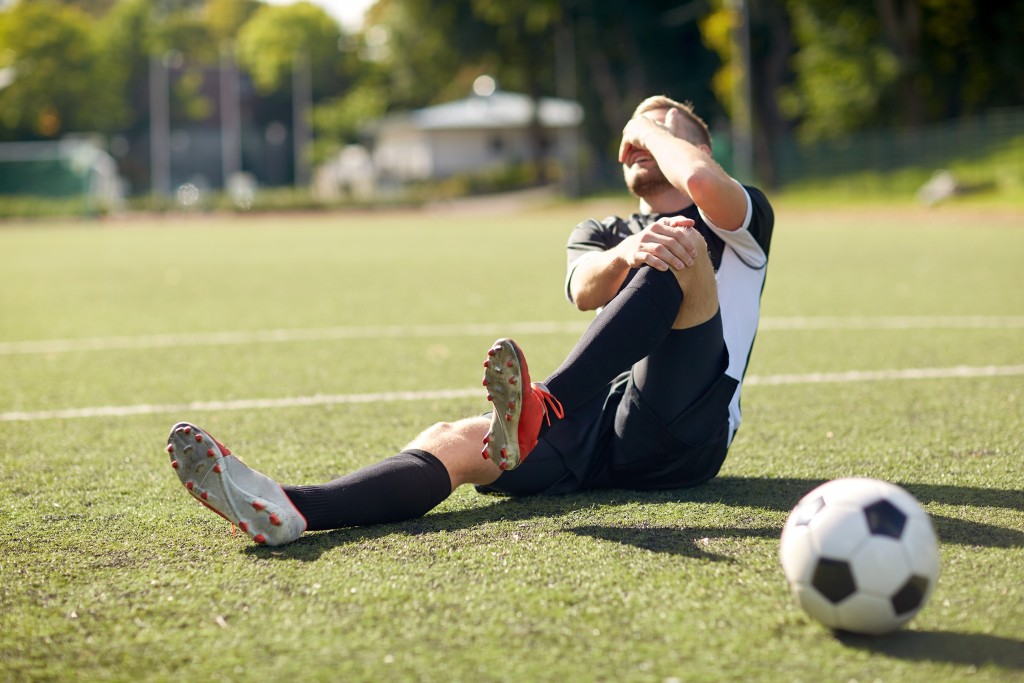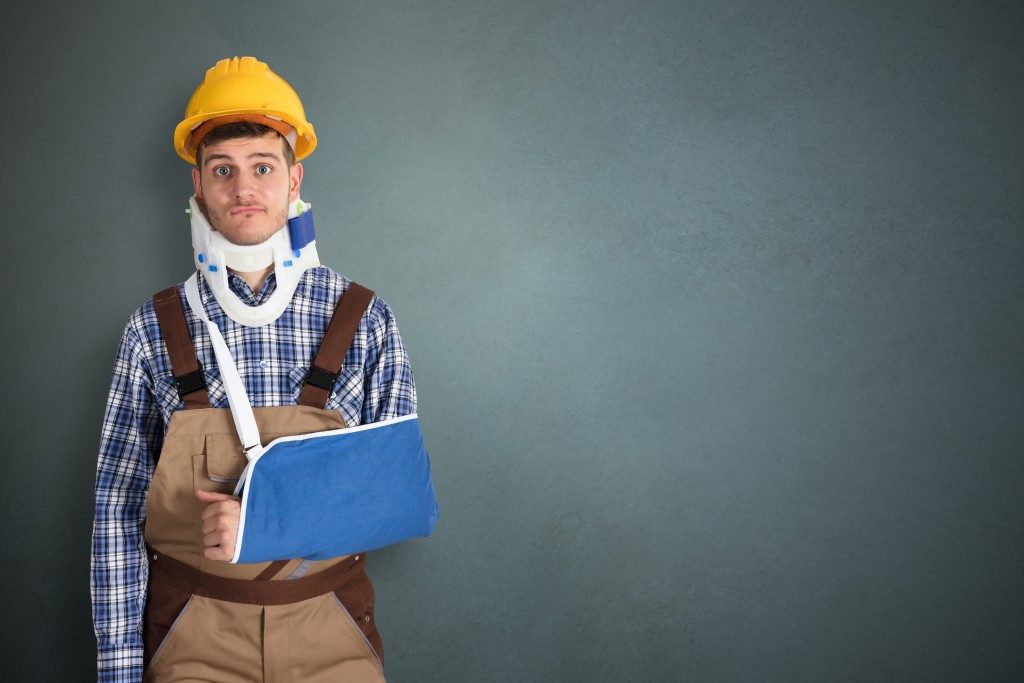Falling Properly: How to Do it Safely

We’ve all lost our balance and suffered a minor trip or two. Falling is an accident that anyone can fall victim to and is one that may cause serious injuries. The problem with falling is its unpredictable nature; injuries from falls can be as minor as a few cuts to head trauma requiring medical attention.
According to the CDC, those who fall are more likely to suffer brain injuries from falling. Falls happen in uneven surfaces, wet floors or random debris unseen. The following are serious fall injuries to take note of:
Head and Neck
Your head and neck are parts of the body you must protect at all times. Falling on your head can result in bleeding, swelling, or losing your consciousness. No matter how minor a fall can be, it pays to seek medical attention immediately.
The serious injuries from head falls include traumatic brain injuries and neck conditions such as whiplash, which you can address through chiropractic services in Salt Lake City. They can check for any neck injuries associated with falls, so remember to seek medical attention after falling.
Fractures and Sprains
There’s nothing more frightening than hearing a crack after falling on a hard surface. Even if you feel fine, a broken bone can be left unnoticed unless checked through an x-ray. Falling and loss of balance can also lead to sprains, less severe injuries that hinder mobility. If you suspect a broken bone, consult medical services immediately.
Falling Properly

Avoiding the banana peels of the world is difficult, so learning to fall properly is vital in preventing injuries mentioned earlier.
- One of the everyday things people do before losing their balance is stiffening up. This can lead to broken bones in your elbows and wrists. To prevent this, the first thing to do is to bend your elbows. Bent arms mean decreased chances of broken bones and reducing the impact of your fall.
- Shield your head at all costs. The head is arguably the most vital part of the body. To prevent from falling face first, face the side when falling forward. If you slip and fall backwards, immediately tuck your chin to the chest.
- When falling, land on the beefiest parts of your body as much as possible. Landing on your thighs or butt saves you from severe injuries like cracked knees or broken bones.
- Roll with it. When you fall, allow the momentum to keep you moving. If you resist, you’ll probably end up losing your balance and getting injured. When you keep moving, you’ll spread the force of the full to other parts of your body to prevent concentrating on one area.
Decreasing your Chances of Falling
Falling is part of growing up, but falling frequently is not good as you get older. To avoid random slips, it’s important to practice being mindful and aware of your environment. Falling happens when we aren’t aware of where we’re walking, so check your eyesight regularly and make sure you have no vision problems.
Lastly, improving your balance decreases your chances of falling. Take classes that strengthen your balance and improve your footing; you’ll be soon be stumbling instead of falling.




